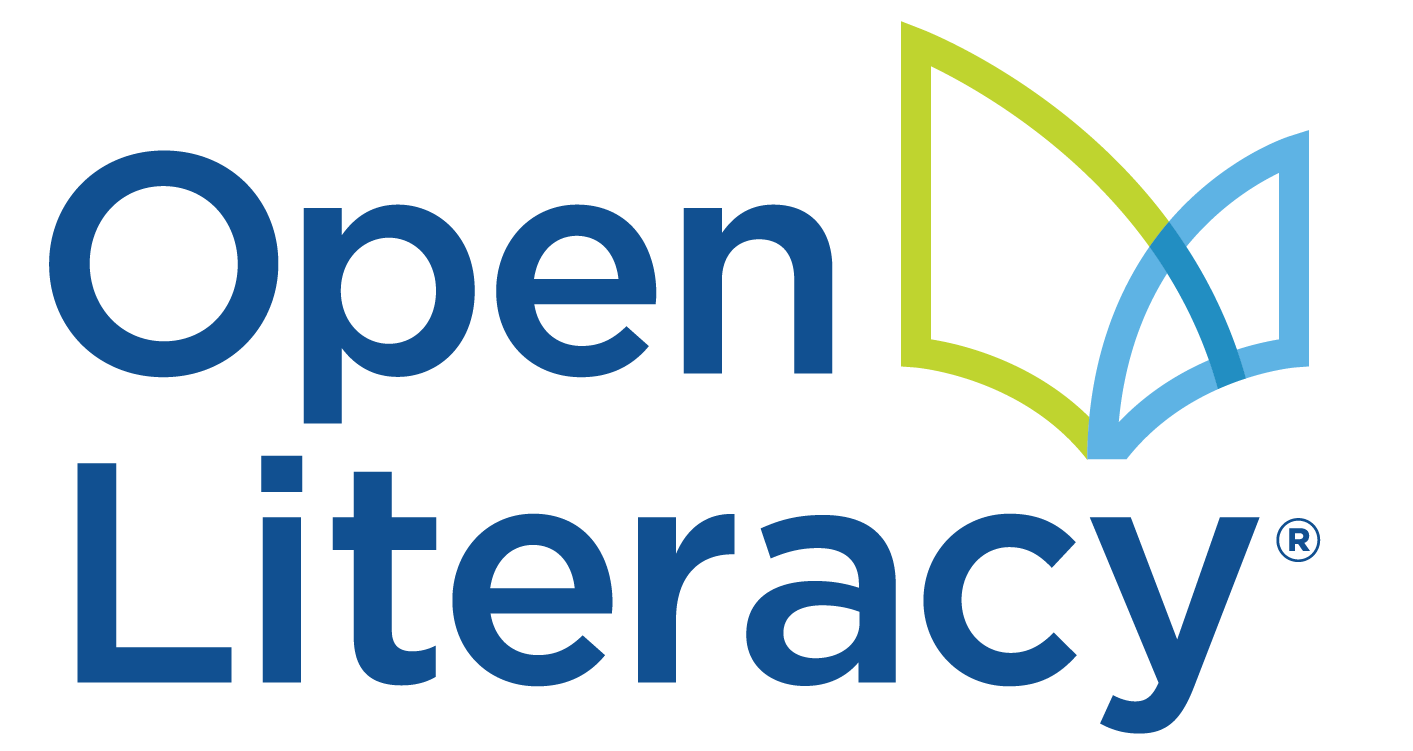Teaching Content is Teaching Reading
For the past fifteen years I have taught courses and professional development workshops on the topic of reading comprehension instruction. It is always difficult to know where to get started with any training that aims to disrupt teachers’ current thinking about reading comprehension instruction. A group I worked with recently was terrific – engaged with the big ideas right from the start and eager to engage in thoughtful discussion.
When I asked participants to define what it means to teach children to comprehend text, they responded, as participants always do, with a long list of strategies such as summarizing and visualizing, and isolated skills, such as identifying the main idea and supporting details. When I press them to articulate why they teach their students these strategies and skills, really interesting conversation begins. In the United States, the teaching of these isolated skills and strategies has become the end goal of reading comprehension, rather than a set of tools that supports students in actively constructing meaning from text. This needs to change.
A second interesting trend I always find is that no one mentions that comprehension should involve negotiating meaningful texts and content. This is not surprising, but is a perhaps the biggest problem of reading instruction in this country. We are spending an amazing amount of time in language arts instruction, and yet a) students reading comprehension scores are at a plateau and b) students score increasingly poorly on tests that require world knowledge. Why? Perhaps because we spend the first four years of school acting like students don’t need to develop any world knowledge.
In a study I conducted, I observed a one-hour reading comprehension lesson in which fourth-grade students were reading a text about Saturn. The primary focus of the lesson was having students identify the main ideas and supporting details of the text. I asked the teacher if she cared if students learned anything about Saturn and she replied: “No. You know I think it’s interesting to them…but it’s not anything that’s in our science curriculum or not even coming up next year in fifth grade or any time soon, so no, it’s just one of those things where I thought the way the article was laid out would do a good job of working on this idea of main idea, supporting details and text structure.”
In his 2006 text The Knowledge Deficit, educator E.D. Hirsch shares a similar example of a class of 9-year olds reading a text about a grasshopper storm in which students are learning to “clarify.” The point of the lesson was not to learn anything about grasshoppers, weather, or ecology but instead was focused on the practice of reading strategies. Hirsch argues, “The idea that reading skill is largely a set of general-purpose maneuvers that can be applied to any and all texts is one of the main barriers to our students’ achievement in reading” (p. 14).
The romantic idea that we can teach students strategies to negotiate texts and then they will be able to read the world is simply false. Content matters, and must be taken seriously as we help students negotiate complex texts.
This video really got participants thinking: Teaching Content is Teaching Reading
Never miss a post!
Follow us on Instagram and Facebook
Have a literacy question you’d like answered? EMAIL US
Return to BLOG HOME
